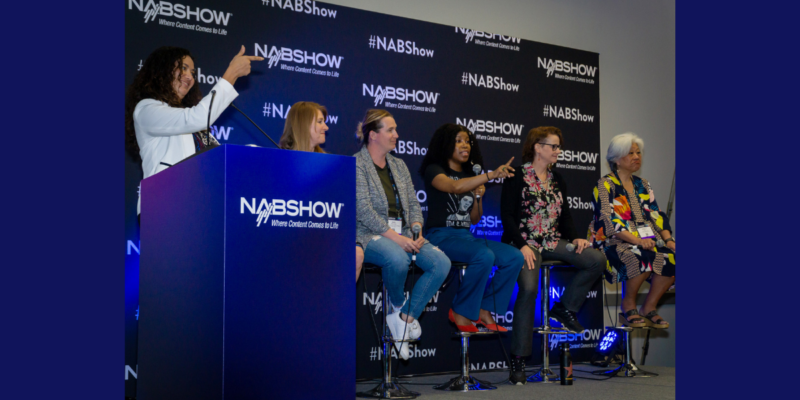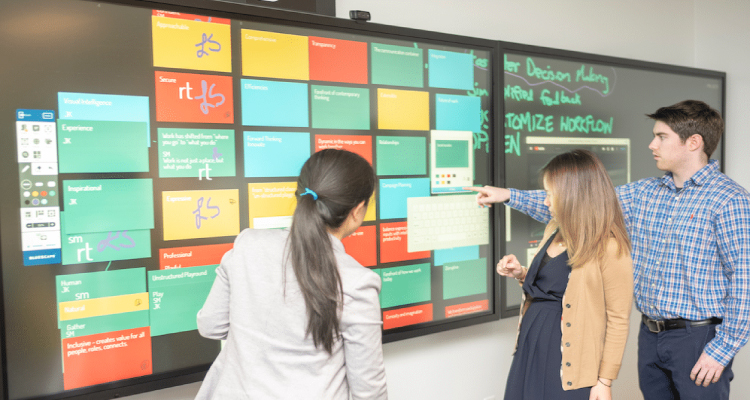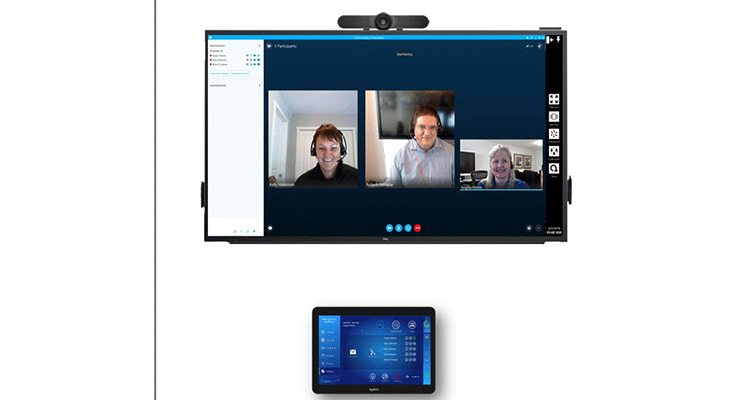Would You Like A Projector To Go With That Lamp?
By S. Nick D’Alessio
Technology Strategist
Dell Inc.
Five years ago when you bought a front projector, the price hovered around $3000 to $5,000 and you could expect no more than a few hundred lumens. It was a capital expense and considered by many to be a business luxury. When the projector’s lamp failed, you had to pony up $299 to $399 for a replacement lamp to keep your investment going. After all, the projector cost thousands of dollars, so the price for the lamp was not viewed as excessive.Fast forward to 2007. High performance front projectors producing over a thousand lumens are selling for under $500. Prices have quickly fallen and brightness has more than doubled. No longer a luxury, projectors have become an office equipment commodity, even for small businesses. Trainers, sales people, engineers, and even home users are buying projectors. However, there is a dirty little secret lurking in the industry that many folks do not like to talk about – the cost of the replacement lamps.
Even though the retail price of the front projector has dropped dramatically, lamp prices have scarcely budged. At around $300 to $400, they now rival the cost of the entire projector. Why, you wonder? It’s pretty simple really – capitalism. Lamps have traditionally been viewed as a key component of the projector; much like what the cathode ray tube (CRT) was for the old-school television or computer monitor. Some lamp re-sellers out there are purportedly selling tens of millions of dollars worth of lamps each year. That is easy to imagine, with the front projection market alone amounting to over 5 million units in 2006. If you figure one replacement lamp per year at $300 per unit, that comes out to a really big number. If you study the lamp supply chain and add up lamp component costs, you soon realize the retail margins exceed 300 percent in some cases. Let’s be clear, the lamp manufacturers are not the ones driving these prices. In fact, they have added plenty of capacity in their factories so we won’t incur the lamp shortages we experienced in the early 2000’s.
If we as an industry want to promote the growth of the consumer and small business projection market, the projector lamp paradigm needs to shift to a standards based consumable model, just like, say, headlight lamps for cars. People don’t care what car headlight replacement lamps cost because it doesn’t cost hundreds of dollars. Adjusting the cost of the replacement projector lamp to a consumable commodity will allow the market to grow by removing this adverse cost factor. With LED efficacy now hitting numbers like 160 lumens per watt in the lab and other solid state illumination breakthroughs, high pressure discharge lamps will eventually approach obsolescence like the CRT, anyway. If the projector industry does not proactively address this issue, the “underground” lamp market will.
Is there an obvious solution? Let’s take a closer look. If you haven’t done so already, search the Internet and your favorite online auction site for replacement lamps matching your name brand projector products. You’ll find an aftermarket lamp business filling the needs of many A/V dealers, big box retailers, and consumers who are looking for lower cost lamp alternatives. “What?” you say. “You mean those aren’t all OEM lamps being sold out there?” You got it! Some call them “counterfeit” lamps and others use the term “generic replacement” lamp. This “aftermarket” is starting to resemble the re-built CRT or auto parts industries where non-OEM parts are commonly used. Even some big box retailers are servicing their extended lamp warranties for RPTVs with non-OEM replacement lamps to keep their cost down. This is not blasphemy. It’s the free market economy at work.
Let’s run with the auto parts analogy for a moment. Who is tracking how many hours one gets on a set of car headlights or worrying about the replacement cost when one burns out? Not something that keeps you up at night? Right, you replace the lamp and move on. Granted, projector lamps are more complex and I do not mean to over simplify the physics and engineering required to ignite and reliably drive a projector lamp. However, the point remains the same.
What are we going to do in the projector business? To serve the customers’ needs, we need to standardize projector lamps and support an economically appropriate replacement parts model. The major lamp manufacturers are not set up to build minuscule quantities for legacy products. These orders could be turned over to capable third party lamp manufacturers. Heresy, you say? How many of you out there have bought auto parts some place other than the dealer? Other industries have experienced the same thing – and have adapted. When you purchase a graphics adapter for your PC, there is high confidence that you will be able to plug it into a standardized slot on the motherboard and that it will work. This did not prevent the graphics adapter companies of the world from innovating, competing, and thriving.
Standardization in projection lamp space is not a new idea. In fact, it has been happening little by little for the last few years thanks to the efforts of groups like the DLP Lamp Standardization Workgroup, moderated by Texas Instruments and supported by major companies in the industry. This effort is standardizing the electrical and mechanical interfaces for the more commonly used projector lamp systems. More players need to join this effort and support standardization in this space. It will open the door for new lamp providers to enter the market and allow the current lamp R&D guys to focus their efforts on developing new technologies.
Would you like a projector to go with that lamp? Let’s rephrase: How many spare lamps would you like to go with that projector? How about a two-pack to go? Lower lamp prices will remove barriers that many customers have to purchasing projectors. This will increase projector technology adoption and increase the market size for everyone.





